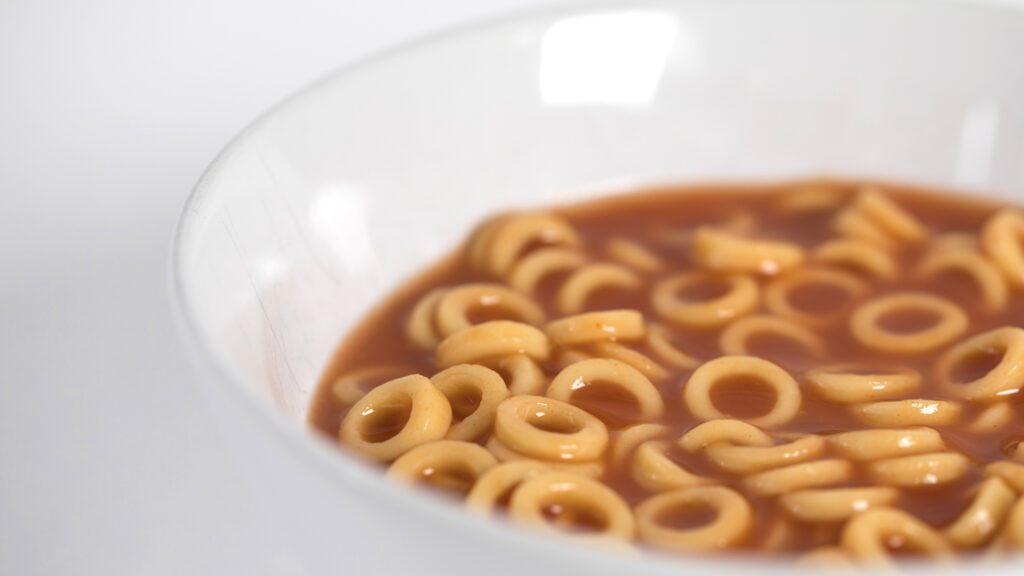At the start of the clinic where I see patients with colorectal, stomach, pancreatic, and other gastrointestinal cancers, I remarked to a colleague, “Every new patient on my schedule is under 45.” She replied, “Three of mine are … this is too many young people with cancer.” We felt as though we were in the trenches and didn’t know where the bullets were coming from.
An estimated 40% of cancers in the United States are caused by risk factors that can be changed, including the use of tobacco products, a sedentary lifestyle, and consumption of ultra-processed food.
advertisement
While the rates of some types of cancer are declining, several gastrointestinal cancers are on the rise among people under age 50. Even more worrisome: particularly in bile duct and stomach cancer, the rate increases with each younger generation. Unlike colon cancer, which can be detected by colonoscopy, there is currently no way to detect hidden stomach, pancreatic, or small bowel tumors, which means that prevention is the best strategy. Food can play a major role here, making one’s knowledge of ingredients, the American food system, and how what they eat affects their body critical for decreasing cancer incidence.
Dietary drivers of cancer have long been a topic of study. Although consumption of foods containing nitrate or nitrite preservatives, smoked or charred foods, and red meat have clear associations with cancer risk, the data are murky in other areas.
Ultra-processed food, including prepared meals, packaged snacks, soda, cereals, and a host of other items, has emerged as a potential cause for gastrointestinal cancers. Ultra-processed foods represent up to nearly three-quarters of the food consumed by Americans, a stark contrast with what even our recent relatives ate or what people in similar countries consume now. In a recent review of meta-analyses, a diet consisting of predominantly ultra-processed foods was associated with more than 30 health conditions, including colon, rectal, and pancreatic cancers; obesity, which also substantially raises the risk of cancer; as well as heart disease, diabetes, and other metabolic conditions.
advertisement
These findings represent correlations, not causation, and dietary studies are fraught with challenges. Yet there is also evidence of direct toxicity from ultra-processed foods. They commonly contain additives such as emulsifiers, stabilizers, sweeteners, and colors, which have been shown in early studies to alter the composition of the gut microbiome and the permeability of the intestinal wall, promoting chronic inflammatory diseases that can further increase cancer risk.
When tobacco use became widespread at the turn of the 20th century, rates of lung cancer began increasing in the 1920s, and continued on a terrible upward trend until the early 1990s. Tobacco companies waged a shrewd disinformation campaign that included funding doctors’ research and promoting false studies while hiding negative evidence. After long battles, the U.S. Food and Drug Administration was allowed to regulate tobacco products in 2009.
A similar trend is developing with ultra-processed foods, the consumption of which has increased since 2000. A lack of regulation in the U.S. has allowed additives that are “generally recognized as safe” to flood the food system. This differs from the European Union, where ingredients need to demonstrate safety before consumption. Ultra-processed foods are prominently displayed on grocery store end caps and gleefully (and sometimes deceptively) advertised.
While ultra-processed foods would be harder to target with regulations than tobacco, frameworks to increase recognition of ultra-processed foods have been developed. NOVA, for example, is a system that classifies foods into four groups, based on how much processing the food has undergone. Online tools are also being developed to help identify ultra-processed foods.
Collective efforts by health care providers, public health experts, governments, and other organizations were able to markedly reduced tobacco-related deaths. I believe the same can be done for ultra-processed foods.
Physicians and other health care providers should advise their patients to minimize consumption of ultra-processed foods, as they do now for fried foods, red meat, and sugary drinks. Grocery stores, restaurants, and other food vendors can label and separate ultra-processed foods from healthy options, placing more of the latter near registers to increase demand. This is not something grocery and other stores can do on their own: Consumers’ purchasing choices will affect decisions like this.
Regulations on food additives and processing have severely lagged in the United States compared to other countries. Local and state governments have the responsibility to work to eradicate food deserts, offering affordable, healthier choices than fast and ultra-processed foods in every ZIP code. The federal government can empower the FDA to more tightly control processing and additives while funding a multi-pronged strategy to address the content and availability of food. This is no small feat, and will require consumer awareness, a semblance of corporate responsibility, and broad advocacy for change.
The desire to protect Americans from substances that cause cancer and other diseases should transcend party affiliation and political motivation to overcome industrial lobbying efforts. This was possible with tobacco, and it is possible with food. To be sure, this will require Americans to make different choices about what they eat to prioritize their health over the profit of corporations and, at times, even their own convenience. The percentage of Americans who smoke has declined from a high of 45% in the 1950s to 12% today. Concerted efforts around ultra-processed foods could have a similar effect.
I hope to have a long career in oncology and eventually practice in an era where the U.S. has turned the tide against early-onset gastrointestinal cancers and few, if any, of my patients are under age 50.
Nicholas DeVito, M.D., is an assistant professor of medical oncology in the Division of Medical Oncology at Duke University Medical Center who focuses on gastrointestinal malignancies, immunotherapy research, and is a member of the Duke Cancer Institute. The author thanks Sarah Sammons, M. D. for her insightful comments and edits on this essay.

